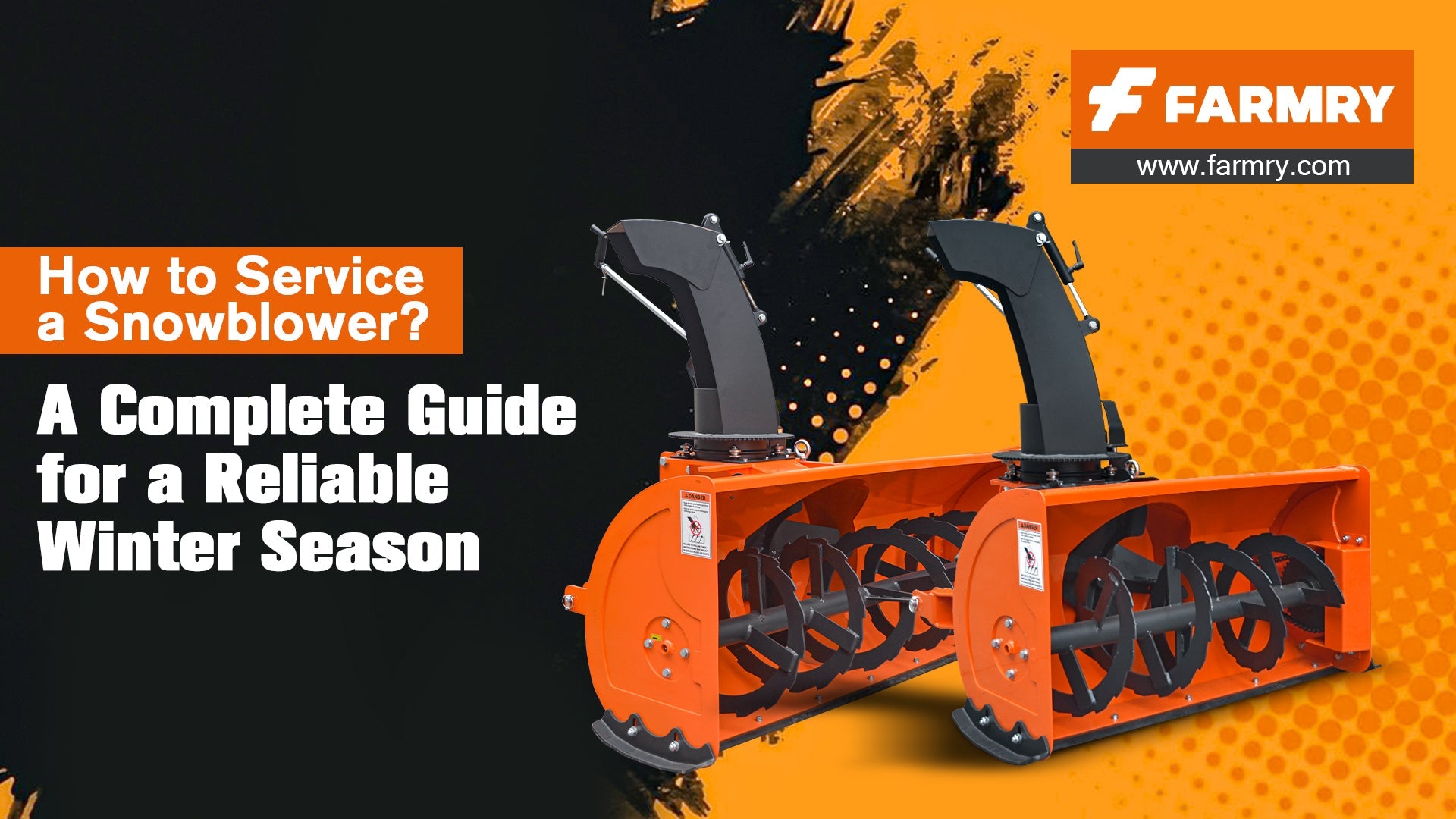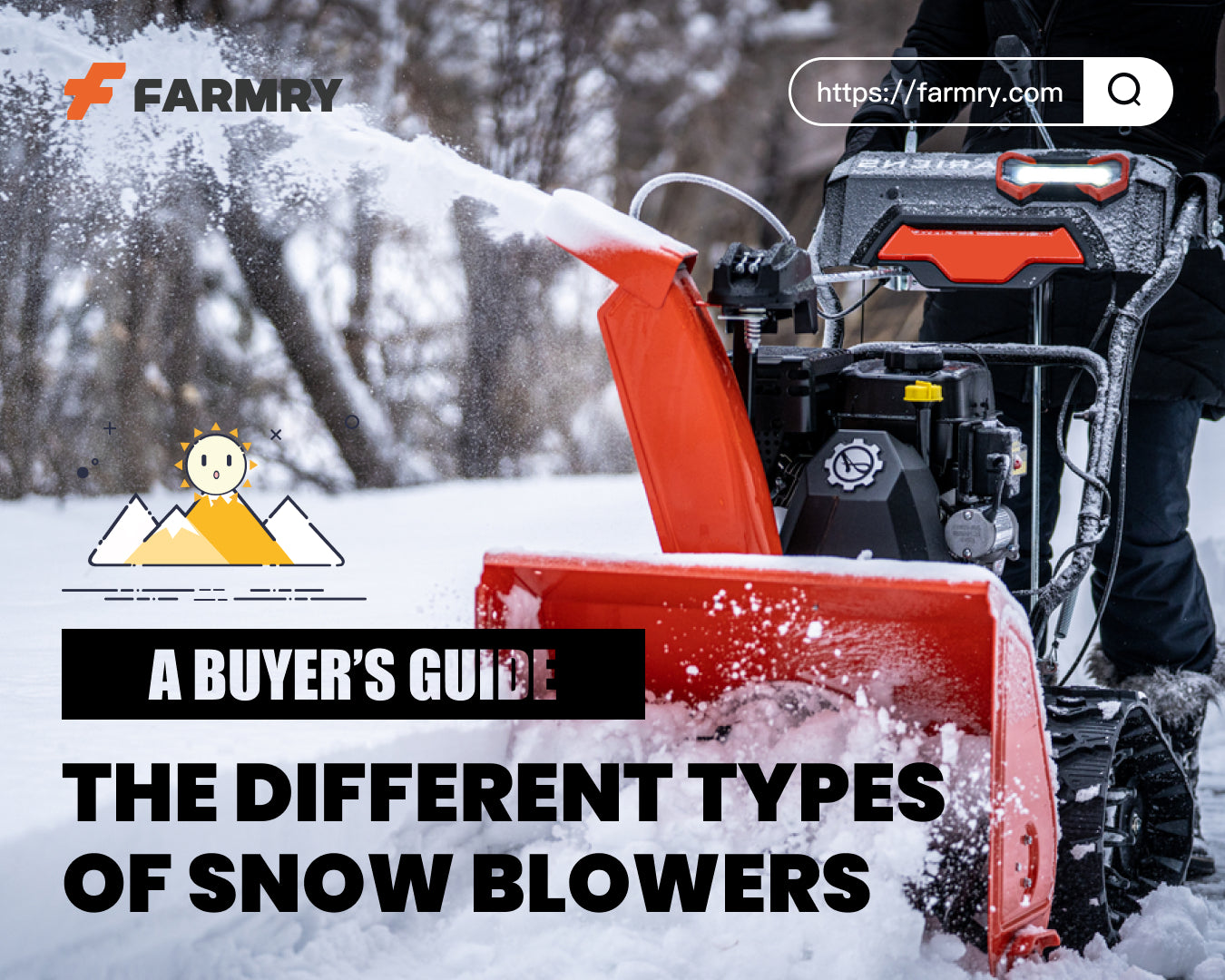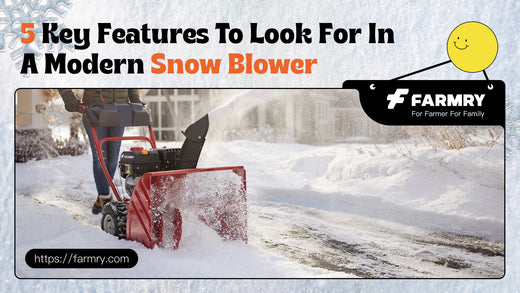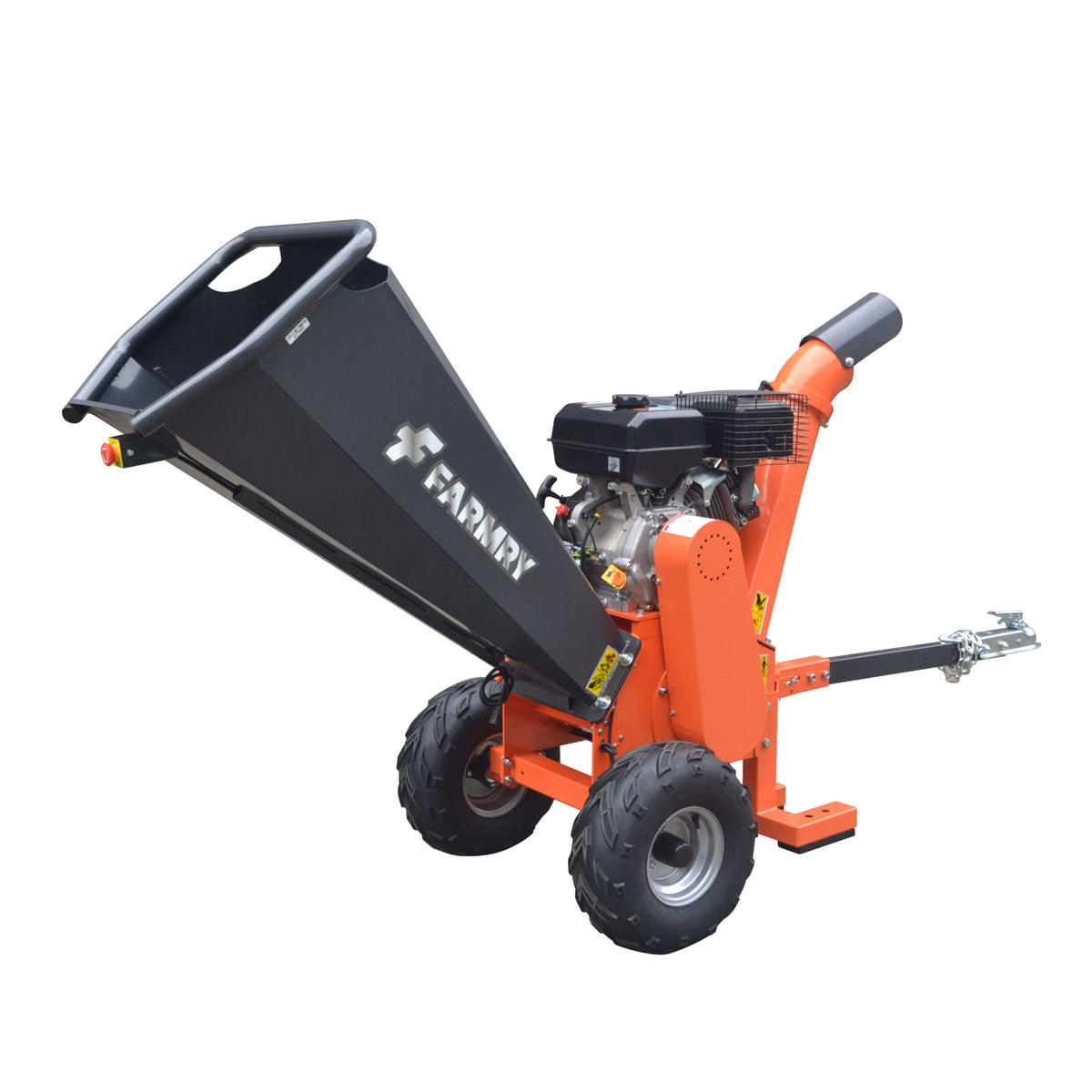How to Use a Snow Blower: A Complete Guide for Winter
 How to Use a Snow Blower: A Complete Guide for Winter
How to Use a Snow Blower: A Complete Guide for Winter
Winter in the U.S. can be beautiful, but heavy snow can quickly turn your driveway, yard, and sidewalks into a challenge. A snow blower (or snowblower) is one of the most effective machines for clearing snow after a heavy snowfall. However, knowing how to use a snow blower correctly is crucial not only for efficiency but also for safety and proper maintenance. In this comprehensive guide, we’ll share expert snow blowing tips, highlight important safety precautions, and walk through step-by-step usage instructions.
Whether you’re a first-time buyer or an experienced homeowner dealing with frequent snow, this article will help you stay safe, save time, and keep your equipment in top condition all winter long.
Understanding the Key Parts of a Snow Blower
Before you begin snow blowing, it’s essential to familiarize yourself with the key parts of your snow blower. Most models, whether gas-powered or electric, include these important components:
-
Auger: The rotating blades that gather and break up snow. In two-stage models, the auger feeds snow into the impeller.
-
Chute: Directs where the machine will blow snow. Most chutes can be adjusted to change the direction of snow discharge.
-
Skid Shoes: Metal or polymer pads that keep the blower slightly above the ground, protecting the surface from damage.
-
Drive Control: Levers that help move the blower forward or backward at adjustable speed.
-
Shear Pins: Safety bolts designed to break if the auger hits debris, preventing damage to the engine or gearbox.
-
Tires/Wheels: Provide traction and mobility across snow, ice, and uneven ground.
-
Electric Starter: Available on many models, this makes starting the engine easier in very cold weather.
Understanding these parts will help you troubleshoot issues, perform maintenance, and operate the machine more effectively.
Preparing Your Snow Blower for Use
1. Check the Fuel System
If you’re using a gas-powered model, always fill it with fresh fuel. Old fuel can cause clogs in the fuel system, risking engine damage. Also, check the oil level before starting.
-
Use the recommended type of gas specified in the manufacturer's instructions.
-
If your machine has been in the garage or shed for months, inspect the fuel system for leaks or cracks.
2. Inspect Safety Features
Ensure shear pins, skid shoes, and the auger are intact and properly adjusted. Replace worn tires and check that the plug and chute are free of debris.
3. Wear Proper Gear
Snow blowing in winter conditions can expose you to ice, wind, and low temperatures. Always wear:
-
Insulated gloves and boots with good traction.
-
Goggles or glasses to protect from snow, debris, and wind.
-
A warm coat, hat, and reflective gear if working at night.
4. Clear the Area First
Remove obstacles like rocks, sticks, or tools from the yard and driveway. Hitting objects can cause shear pins to break or even damage the blower’s engine.
Step-by-Step: How to Use a Snow Blower
Step 1: Starting the Machine
-
Move the blower outside before starting to prevent fire risk in your garage.
-
For gas models, press the primer bulb a few times, set the choke, and pull the recoil cord—or use the electric starter if equipped.
-
Let the engine warm up for a few minutes.
Step 2: Begin with a Clear Path
Start snow blowing by creating a narrow path down the middle of your driveway. Work outward, overlapping slightly with each pass to remove snow evenly.
Step 3: Adjust the Chute
-
Set the direction of the chute to blow snow with the wind whenever possible. This prevents snow from blowing back into your face or clogging the machine.
-
Adjust the chute height so snow is thrown far enough but doesn’t hit your house or vehicles.
Step 4: Control Speed and Drive
-
Use the drive control to set a comfortable speed. Move slower in heavy snow (over 8–12 inches).
-
Avoid pushing too fast; let the auger and engine do the work.
Step 5: Manage Snow Conditions
-
In small amounts of snow, move at a faster pace.
-
For heavy snowfall, clear snow multiple times during the storm instead of waiting for it to pile up.
-
If the chute becomes clogged, stop the engine, use a clearing tool, and never put your hand inside.
Step 6: Safety Precautions While Blowing
-
Stay aware of surroundings—never aim snow at people, cars, or windows.
-
Be cautious around uneven surfaces, curbs, and hidden debris.
-
If you hit an object, stop immediately and inspect the shear pins and auger.
Snow Blowing Tips for Different Surfaces
Driveways
-
Use skid shoes to keep the auger slightly above the ground on gravel driveways.
-
On paved driveways, adjust skid shoes lower for a cleaner surface.
Sidewalks and Paths
-
Clear paths early before snow compacts into ice.
-
Move slowly to avoid scattering snow into neighbors’ yards.
Yards and Open Areas
-
Set chute to blow snow with the wind.
-
Avoid blowing snow onto fragile landscaping, fences, or sheds.
Around the House and Garage
-
Be mindful of where the chute points—don’t let snow pile against your house, shed, or garage doors.
-
Keep a small path clear for foot traffic to stay safe.
Common Problems and How to Solve Them
1. Clogged Chute
Cause: Wet or heavy snow.
Solution: Stop the engine, use a cleaning tool, and avoid overloading the auger.
2. Snow Blower Won’t Start
Cause: Old fuel or dirty plug.
Solution: Drain and refill with fresh fuel, replace spark plug, check manual.
3. Machine Breaks Down Mid-Way
Cause: Broken shear pins or worn drive control.
Solution: Keep spare shear pins in the garage or shed for quick replacement.
4. Uneven Clearing
Cause: Improper skid shoe adjustment or dull auger edges.
Solution: Adjust skid shoes and check the edge of the auger.
Maintenance Tips to Extend the Life of Your Snow Blower
-
Fuel: Always drain old fuel at the end of winter. Stale gas damages the fuel system.
-
Oil: Change the oil at least once per season.
-
Tires/Wheels: Keep tires properly inflated for better traction.
-
Shear Pins: Keep extras on hand—they’re designed to break under stress.
-
Skid Shoes: Inspect regularly and adjust as they wear down.
-
Storage: After the season, store the snow blower in a shed or garage, clean it, and cover it to protect from dust and debris.
Final Thoughts: Stay Safe and Efficient in Winter
A snow blower can be a powerful ally against heavy snowfall when used properly. From preparing the fuel system and following the manufacturer’s instructions to adjusting the skid shoes and managing speed, every detail matters in keeping your equipment effective and safe.
By following the snow blowing tips above, you’ll save time, protect your driveway and yard, and most importantly—stay safe during the coldest months of the year.
Hope this guide gives you confidence the next time you begin clearing snow. With the right machine, careful operation, and regular maintenance, you’ll tackle winter storms with ease and power.







